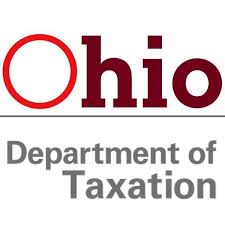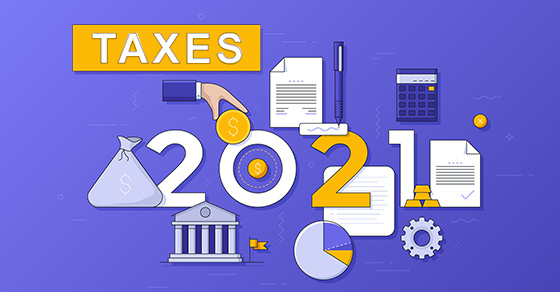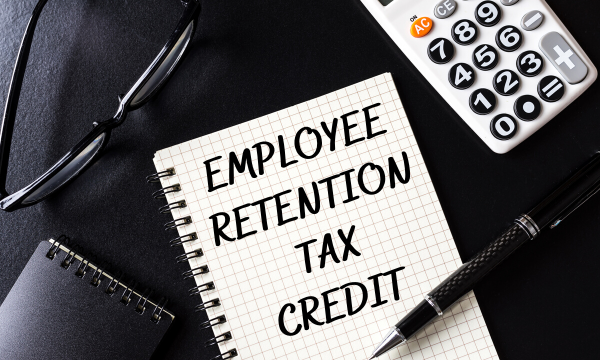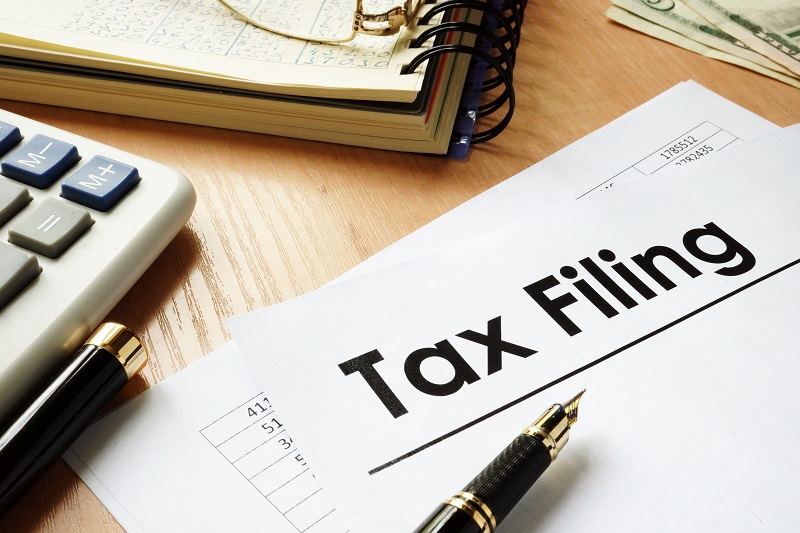Did you make donations in 2020? There’s still time to get substantiation
 If you’re like many Americans, letters from your favorite charities may be appearing in your mailbox acknowledging your 2020 donations. But what happens if you haven’t received such a letter — can you still claim a deduction for the gift on your 2020 income tax return? It depends.
If you’re like many Americans, letters from your favorite charities may be appearing in your mailbox acknowledging your 2020 donations. But what happens if you haven’t received such a letter — can you still claim a deduction for the gift on your 2020 income tax return? It depends.
What is required
To support a charitable deduction, you need to comply with IRS substantiation requirements. This generally includes obtaining a contemporaneous written acknowledgment from the charity stating the amount of the donation, whether you received any goods or services in consideration for the donation and the value of any such goods or services.
“Contemporaneous” means the earlier of:
- The date you file your tax return, or
- The extended due date of your return.
So if you made a donation in 2020 but haven’t yet received substantiation from the charity, it’s not too late — as long as you haven’t filed your 2020 return. Contact the charity and request a written acknowledgment.
Keep in mind that, if you made a cash gift of under $250 with a check or credit card, generally a canceled check, bank statement or credit card statement is sufficient. However, if you received something in return for the donation, you generally must reduce your deduction by its value — and the charity is required to provide you a written acknowledgment as described earlier.
New deduction for non-itemizers
In general, taxpayers who don’t itemize their deductions (and instead claim the standard deduction) can’t claim a charitable deduction. Under the CARES Act, individuals who don’t itemize deductions can claim a federal income tax write-off for up to $300 of cash contributions to IRS-approved charities for the 2020 tax year. The same $300 limit applies to both unmarried taxpayers and married joint-filing couples.
Even better, this tax break was extended to cover $300 of cash contributions made in 2021 under the Consolidated Appropriations Act. The new law doubles the deduction limit to $600 for married joint-filing couples for cash contributions made in 2021.
2020 and 2021 deductions
Additional substantiation requirements apply to some types of donations. We can help you determine whether you have sufficient substantiation for the donations you hope to deduct on your 2020 income tax return — and guide you on the substantiation you’ll need for gifts you’re planning this year to ensure you can enjoy the desired deductions on your 2021 return.



 The Department of Taxation (ODT) is warning Ohioans who may be victims of unemployment fraud to report the suspected fraud or potentially face higher taxes.
The Department of Taxation (ODT) is warning Ohioans who may be victims of unemployment fraud to report the suspected fraud or potentially face higher taxes.
 Many people are more concerned about their 2020 tax bills right now than they are about their 2021 tax situations. That’s understandable because your 2020 individual tax return is due to be filed in less than three months (unless you file an extension).
Many people are more concerned about their 2020 tax bills right now than they are about their 2021 tax situations. That’s understandable because your 2020 individual tax return is due to be filed in less than three months (unless you file an extension).
 The
The 
 Due to Ohio statutes for Commercial Activity Tax (CAT) reporting purposes, in addition to regular revenue typically reported for CAT filing, businesses this year must also include:
Due to Ohio statutes for Commercial Activity Tax (CAT) reporting purposes, in addition to regular revenue typically reported for CAT filing, businesses this year must also include: